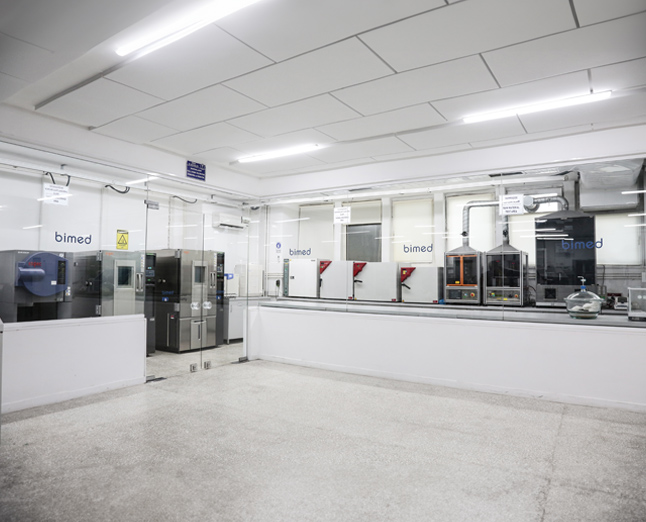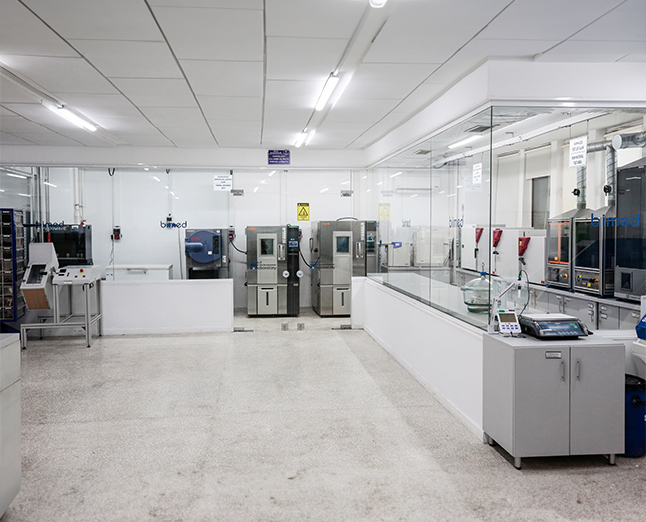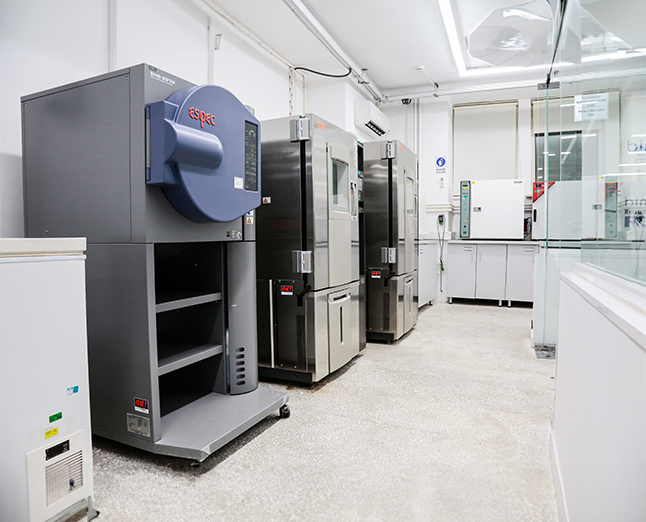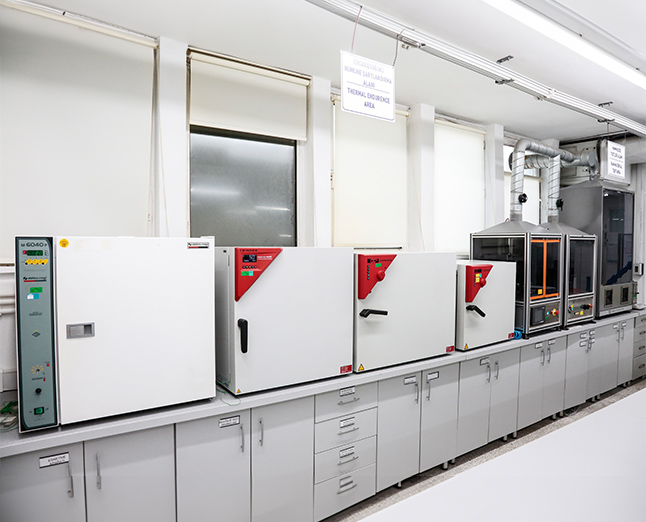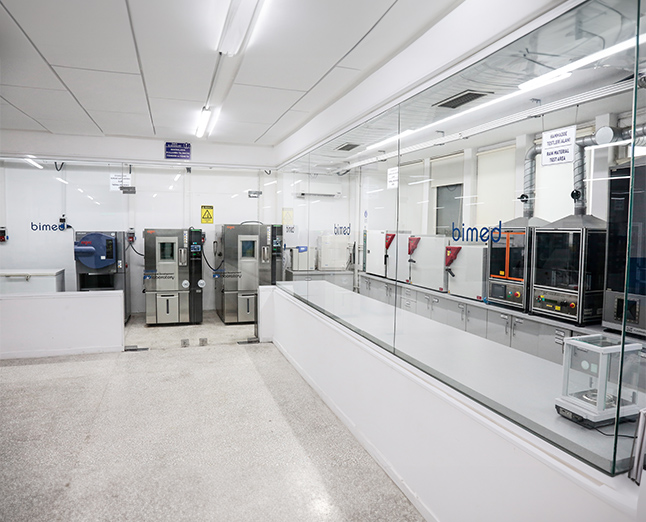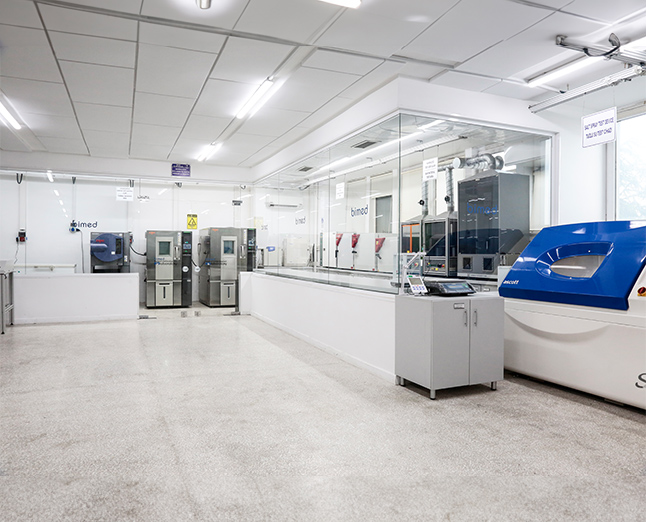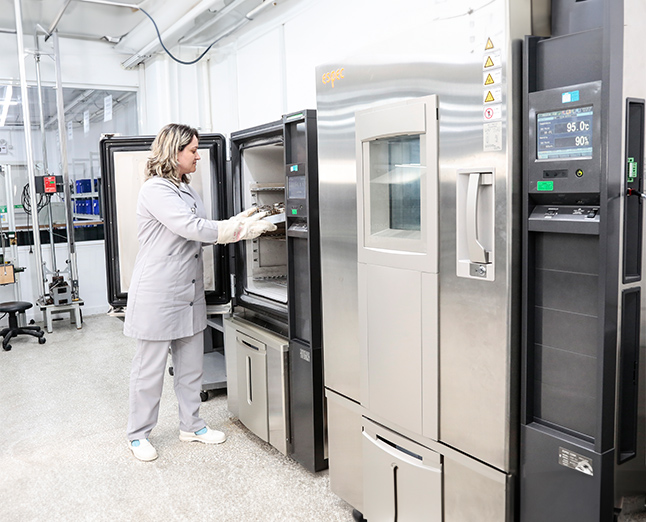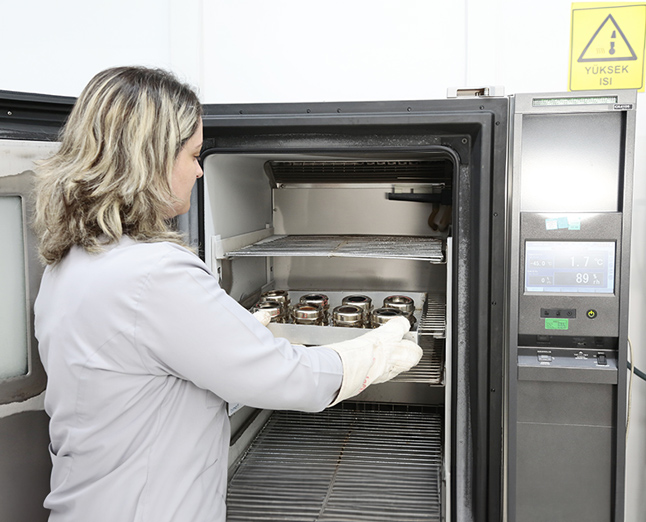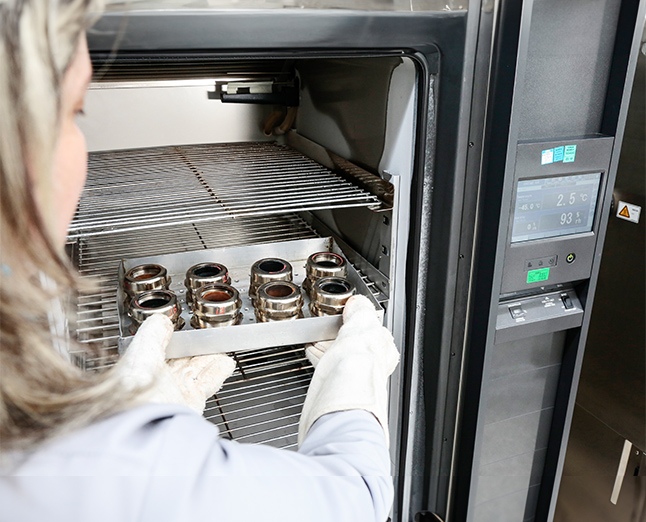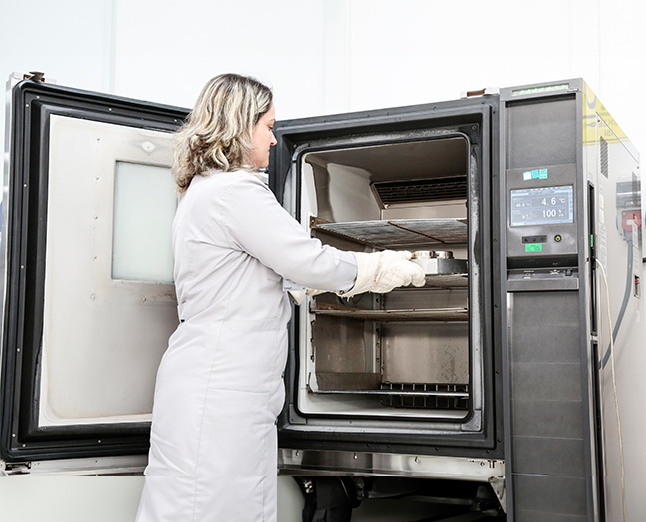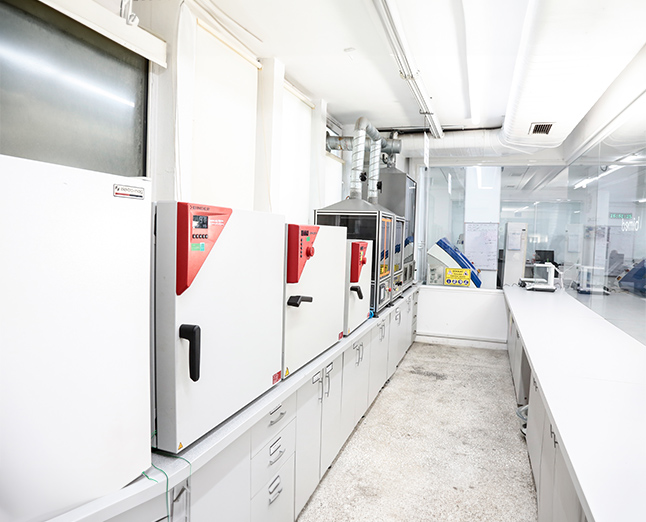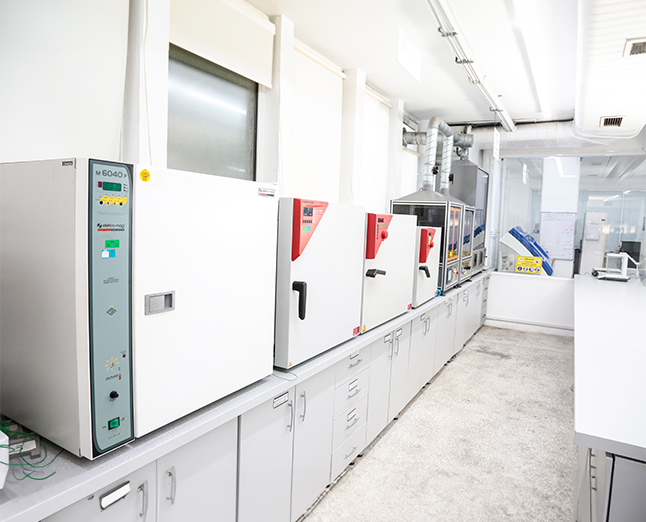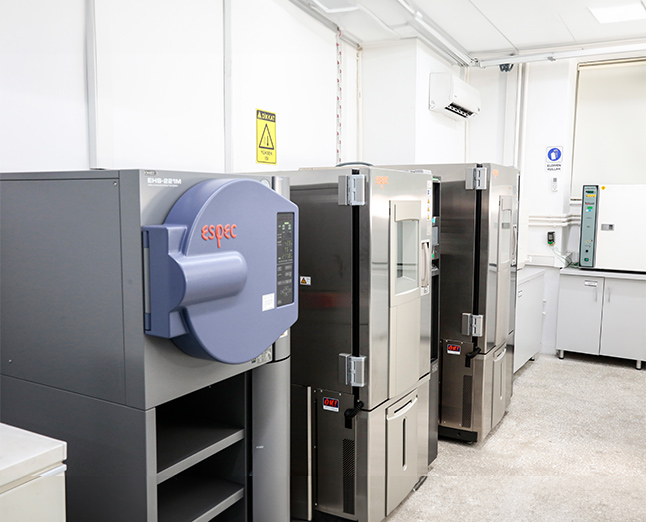Aging Procedures at Bimed R&D Laboratory
Temperature Variability: Bimed R&D Laboratory boasts a vast capacity to subject cable glands to a wide spectrum of temperatures, ranging from extreme cold to scorching heat. This capability is essential for replicating real-world scenarios where cable glands operate in diverse climates.
Humidity Simulation: Recognizing the significance of humidity in influencing material properties and electrical performance, Bimed R&D Laboratory conducts tests under varying humidity levels. This capability allows for a comprehensive evaluation of cable gland behavior in conditions where moisture is a critical factor.
Combined Temperature and Humidity Testing: Bimed R&D Laboratory excels in performing combined temperature and humidity testing, emulating environments where cable glands face both temperature variations and moisture exposure simultaneously. This integrated approach ensures a holistic assessment of the cable glands' resilience.
Pressure Cabinets: In addition to temperature and humidity control, Bimed R&D Laboratory is equipped with advanced pressure cabinets. These cabinets facilitate testing under varying pressures, offering insights into how cable glands respond to conditions where pressure fluctuations are a consideration.


